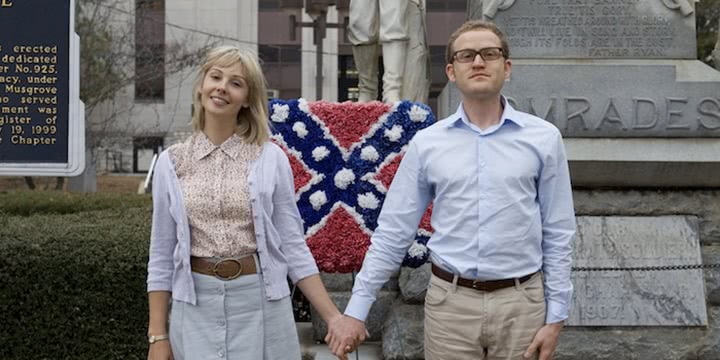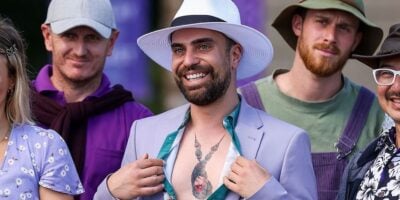John Safran has taken some rather long and unconventional strides in Australian entertainment. Remember that time he was crucified? Or had a voodoo curse placed on his ex-girlfriend? Or when he rummaged through Ray Martin’s trash?
From Race Around The World to documentaries such as John Safran Vs God and John Safran’s Music Jamboree, he has hardly been one to shy from controversy – yet the drive behind his ambition seems to stem more from curiosity than confrontation. With his non-fiction writing debut, Murder In Mississippi, this fascination led to rather unexpected insights.
“Usually when I’m off on a new adventure, it’s a combination of being scared senseless that nothing is going to come together and the need for another project,” he says over the phone as he steps outside and proceeds down the street (ordinarily his location would be rather incidental, but it will soon become important). “When I went to Mississippi, I was so scared. I’d never written a book before. I was actually reading books about writing books, trying to work out the pattern and the structure, ways of making a sentence seem more alive.
“When I started reading true crime books I realised there was a kind of subgenre, which is The Person Who Never Thought They’d Write A True Crime Book Except A Murder Fell In Their Lap. That’s John Berendt, Michael Finkel, Ann Rule. As soon as I realised this was a category in itself, it kind of clicked. I never grew up reading true crime and thinking, ‘I’m going to do this too one day, I just have to wait until the right murder happens.’ It was as weird to me that I was off on this adventure as it would be to you and your readers.”
Following its release in 2013, Murder In Mississippi was fashioned into a live show, which Safran will bring back to Sydney next week. The book itself documents Safran’s meeting with white supremacists below the Mason-Dixon Line – in particular, one Richard Barrett – and his eventual befriending of Barrett’s killer, 23-year-old black man Vincent McGee. The circumstances of its construction is a world quite removed from Safran’s usual fare, and yet for precisely this reason it seems a project almost divinely suited to him.
“Before I went on Race Around The World, that kind of world had never occurred to me either. I can’t remember what I was thinking before that, but it wasn’t documentary. So as soon as I realised my entire existence was unplanned – that it’s mostly been having a hot potato land in your lap – it really helped with any nervousness.
“When I was over [in America] it was all about capturing information. It wasn’t until late in the piece that I started figuring out that me blurting into a dictaphone was much better than just writing down notes. As soon as you write notes, you’ve already started to censor yourself in a way. The early notes were already about how to make the book work if I never meet this killer. In retrospect, it would have been cool if I’d recorded all of those fears.”
Safran emerges as a great advocate of stepping away from the keyboard and experiencing a story as close to first-hand as possible. Short of murdering a white supremacist himself, it was only by talking to people and traversing strange locations and environments that some level of truth might be assembled. It is a variety of gonzo journalism he espouses, though one still firmly committed to presenting the world as accurately as the writer’s strength and imagination allows.
“If you’re out in the real world, momentum is happening, there’s a chronology happening. I find it more honest. I think one way of looking at gonzo is to say it’s indulgent. Why do you need to make yourself a part of the story? But you’re always part of the experiment whether you choose to write that way or not. One of the things I really noticed… Wait. Sorry, there’s a crazy man walking down the street.”
He pauses, and sure enough, in the background I can hear some garbled commotion. A dog starts barking, and a woman is distantly yelling. Safran continues, but he now sounds distracted.
“It’s such a one-in-a-million chance that something interesting is going to happen. I definitely find in the real world, it’s easier to just write a story. But the other thing I’ve noticed if you’re writing non-fiction… Oh my God.” He stops again. “I might actually be killed during this interview. How good would that be for you, though, if I was killed during… Huh. There’s this crazy guy with a beard running up and down the street. He keeps… he’s pointing at me…”
You know, I don’t wish John Safran to suffer a sudden and violent death mid-interview. Truly, I don’t. And yet, the prospect does have a certain je ne sais quoi. To be murdered while discussing true crime? Writes itself, really. Happily, Safran emerges unscathed.
“If I write in my book that I’m walking down the street, some guy comes up to me, the reader already knows they’re not seeing everything. They know there are limitations, there’s no bird’s eye view. I’m not perfectly encapsulating the situation, so I like that gonzo approach because it’s a more honest relationship with your reader. I think if there were gonzo writers who were faking it, that would be pretty unethical. But as long as you’re telling the truth, or, you know, close enough,” he laughs, “I like it.”
The live versionJohn Safran’s of Murder In Mississippi runsThursday October 29 – Sunday November 1 at Giant Dwarf.


































